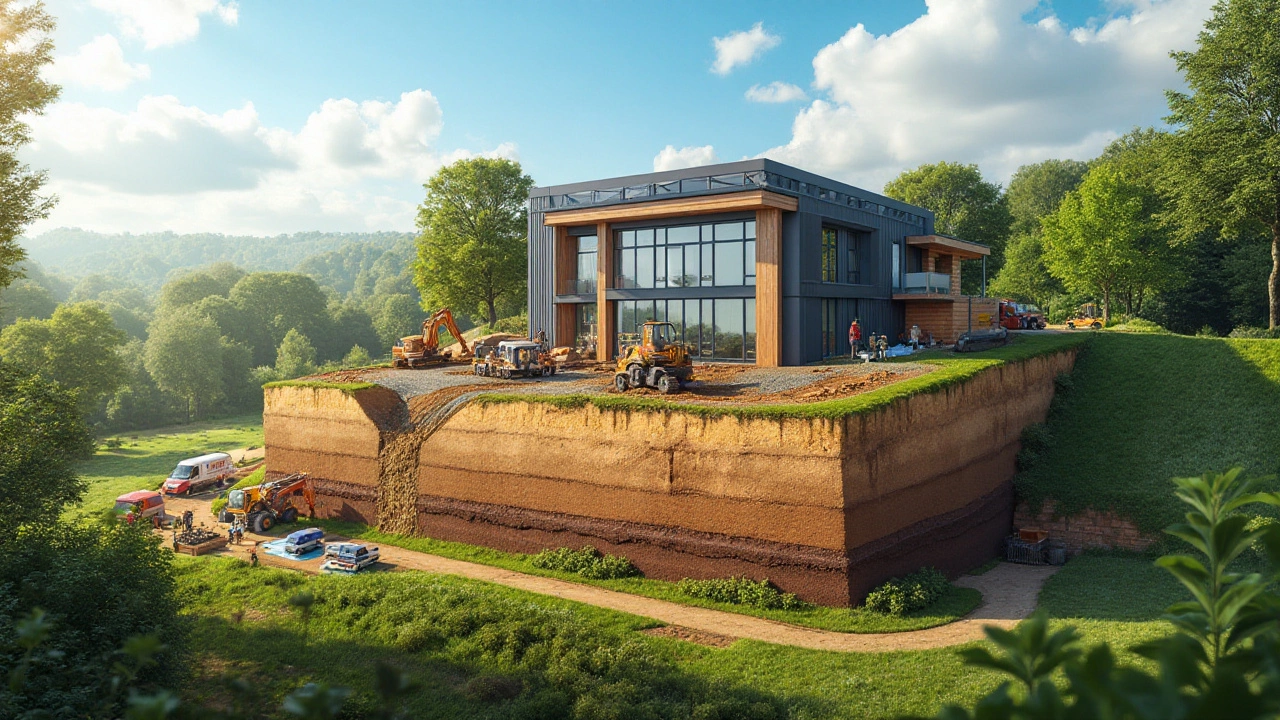New Construction: Practical Guides and Up‑to‑Date Tips
If you’re reading this, you probably have a new build on your mind – whether it’s a fresh‑off‑the‑ground house, an extension, or a commercial project. New construction can feel like a maze of decisions, permits, and trade‑offs. The good news? You don’t have to wander alone. Below you’ll find straight‑forward advice that cuts through the jargon and helps you move from idea to reality.
What Counts as New Construction?
New construction means starting from a bare slab or empty plot and creating a finished building. It’s different from a renovation, where you keep part of the structure and improve it. In a new build you decide on the layout, materials, and systems right from the ground up. That freedom also means you have to plan for foundations, walls, roofing, plumbing, electrical, and finishing touches all in one go.
Key Steps to Keep the Project on Track
1. Define Your Budget Early. Before you pick a floor plan, sit down with a calculator and a realistic figure. Include land cost, construction, permits, professional fees, and a 10‑15% cushion for unexpected hiccups.
2. Get the Right Professionals. A qualified architect or designer will turn your vision into workable drawings. Pair them with a reputable builder who knows local building codes. Ask for references and check past work – a solid team saves headaches later.
3. Secure Permits First. No matter how small the project, you’ll need planning permission and building control approval. Submit clear plans, pay the fees, and wait for the green light. Skipping this step can lead to costly re‑work or even demolition orders.
4. Focus on Foundations. The foundation is the backbone of any new build. Choose the right type – slab, crawl‑space, or piled – based on soil conditions and future loads. Hire a specialist to test soil and advise on the appropriate concrete mix.
5. Choose Materials Wisely. For walls, think about durability, insulation, and cost. Brick, block, and insulated panels each have pros and cons. For roofing, metal sheets last longer than traditional tiles, but the look and budget may sway you.
6. Plan Mechanical Systems Early. Heating, ventilation, and air‑conditioning (HVAC) should be integrated into the design stage. Decide between gas, electric, or renewable options now – retrofitting later is pricey.
7. Stay on Top of the Schedule. A clear timeline with milestones helps you track progress. Use a simple spreadsheet or a project‑management app to note when foundations pour, walls go up, and finishes start.
8. Inspect As You Go. Schedule regular site inspections. Check that concrete cures correctly, that wiring follows standards, and that waterproofing is applied where needed. Early detection prevents big fixes later.
All of these steps tie back to the posts you’ll find under the “new construction” tag. For example, our article on Best Flooring for New Builds walks you through durable options that won’t crack under foot traffic. The guide on New Build Meaning breaks down the legal definitions you’ll meet when applying for permits.
Remember, new construction is a marathon, not a sprint. Keep communication open with your builder, ask questions when something’s unclear, and stick to your budget cushion. With the right plan and a little patience, you’ll turn that empty plot into a home or workspace you’re proud of.
Ready to start? Browse the articles below for deeper dives into specific topics – from foundation repair costs to choosing the perfect cement mix. Each piece is written to give you clear, usable advice without the fluff.

